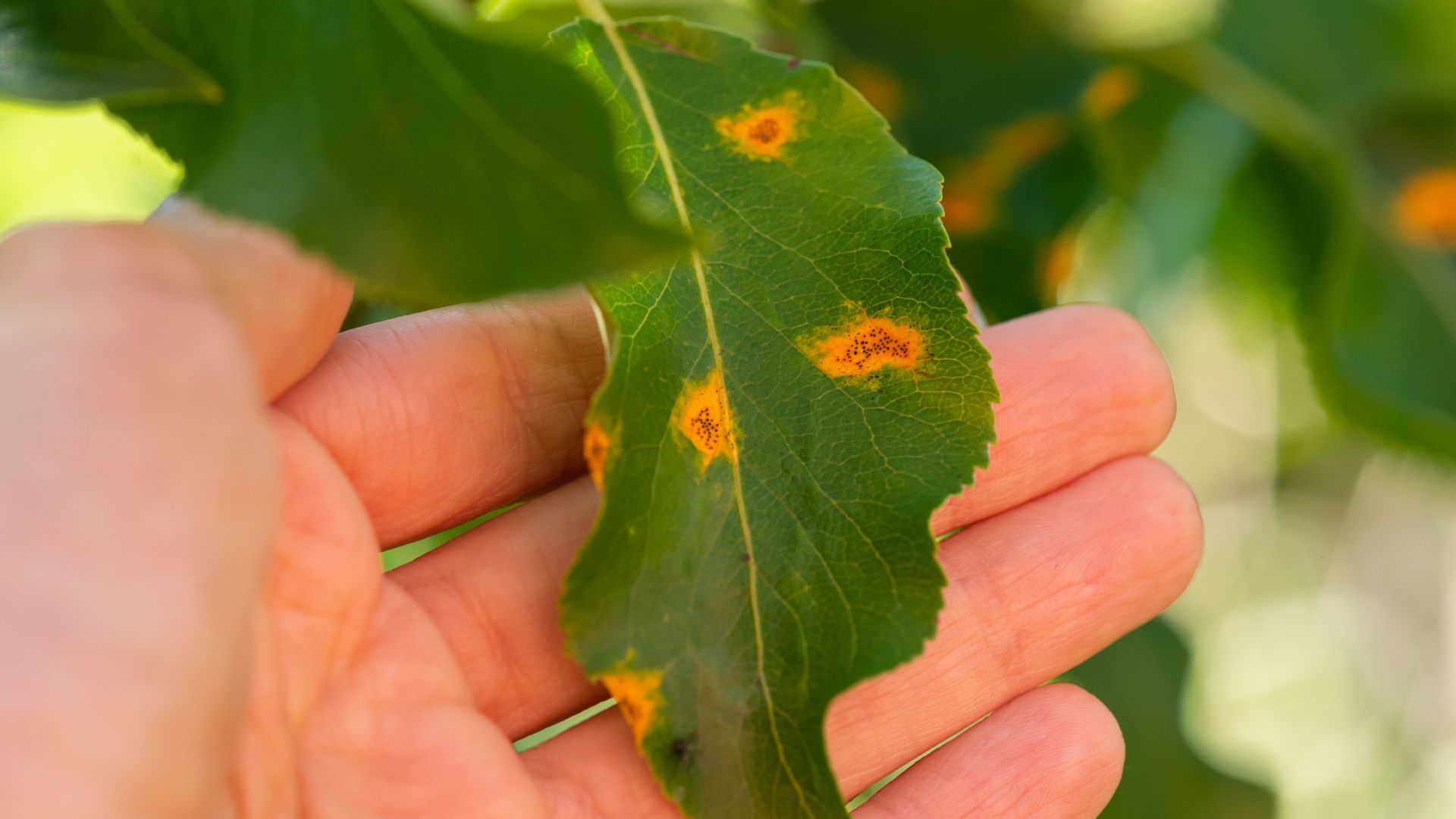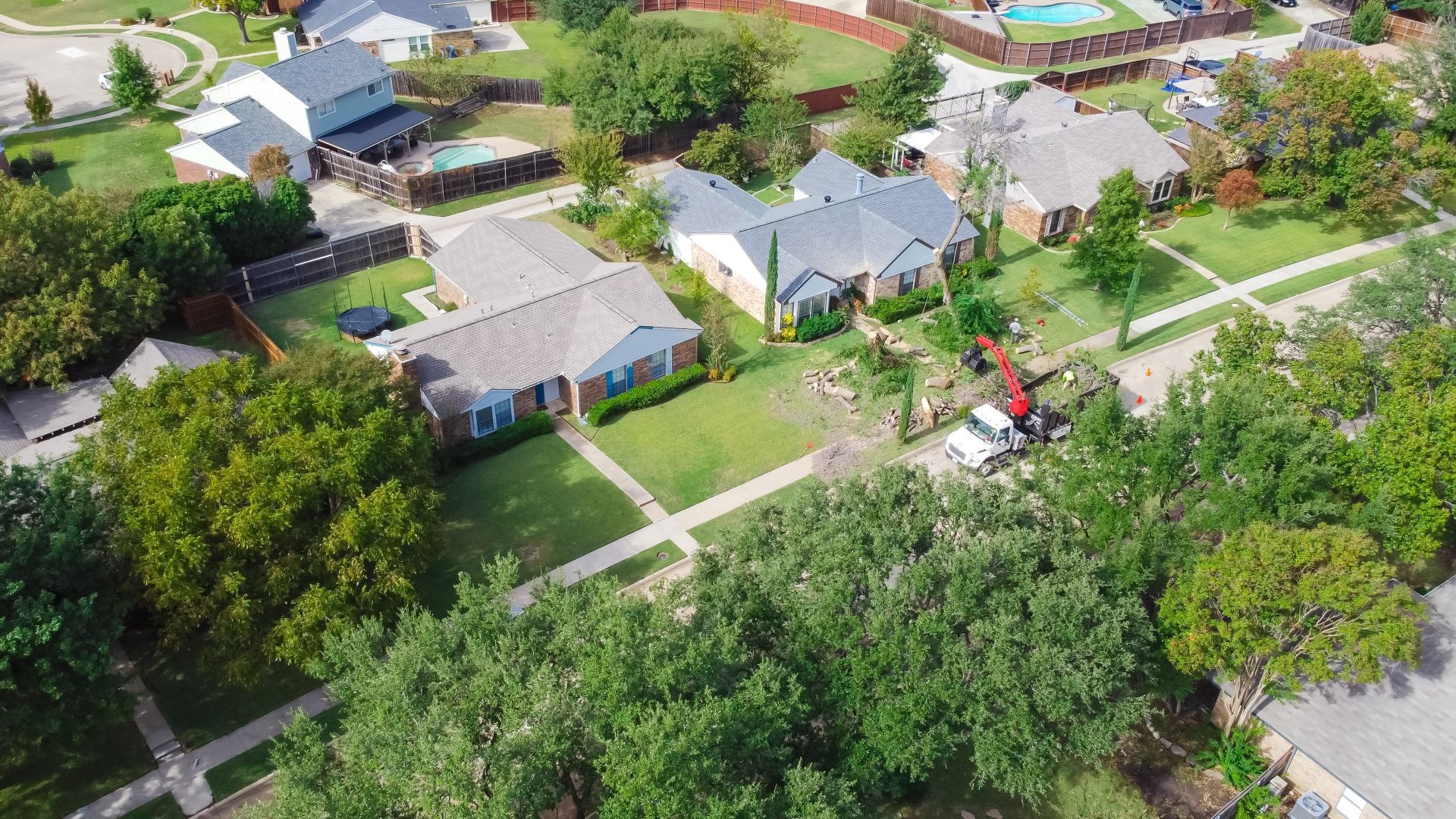The Science Behind Tree Transplanting: Ensuring Success and Growth
Transplanting trees is both an art and a science, requiring a deep understanding of tree biology, soil health, and the climate. At
Forester Tree Care, we take pride in our expertise to ensure success and growth when transplanting trees. In this blog, we'll explore the science behind tree transplanting, offering tips to guide homeowners and property managers toward successful tree relocation projects.
Understanding the fundamentals of tree transplanting begins with recognizing the best time to transplant. Ideally, trees should be moved during their dormant seasons, specifically late fall after leaf drop or early spring before new growth begins. During these periods, trees experience less stress, which significantly reduces the risk of transplant shock. This concept aligns with a tree's natural cycle, allowing it to prepare adequately for the move.
One crucial component in the tree transplanting process is the root ball. A key to successful tree transplanting is preserving as many of a tree's roots as possible. The larger the root ball, the better the tree's chances for a healthy relocation. This is because the root ball acts as the tree's lifeline, containing essential nutrients and retaining moisture, which is vital during the transition period.
Proper preparation of the new planting site is equally important. Soil preparation not only involves ensuring compatibility with the tree species but also that the soil is rich in nutrients and has proper drainage. Assessing the site for adequate sunlight, available space for growth, and proximity to structures or other trees are also critical factors contributing to successful transplanting.
During the actual transplanting process, it is vital to handle the tree with care. Minimizing root disturbance while ensuring the tree is replanted at the same depth as it was originally helps avoid the suffocation of roots or exposure to pests and diseases. Furthermore, stabilizing the tree through staking techniques can protect it from winds or physical disturbances until its roots establish firmly in the new location.
Post-transplant care is another essential element for ensuring the success and growth of transplanted trees. Hydration is crucial, as newly moved trees require consistent watering to maintain soil moisture and support growth. Special care should be taken to avoid over-watering, which can lead to root rot. Mulching around the base helps retain soil moisture and maintain a stable temperature, protecting the roots.
Finally, regular monitoring and maintenance go a long way in ensuring the continuous health of the transplanted trees. Observing changes in foliage, growth rates, and signs of diseases or pests allows for timely intervention. Consulting with tree care professionals, like those at Forester Tree Care, can be beneficial to address concerns promptly.
In conclusion, tree transplanting combines precise planning, accurate timing, and dedicated post-care to achieve success. By understanding the science behind transplanting and adopting best practices, homeowners and property managers can enjoy the benefits of a thriving landscape. At Forester Tree Care, we are committed to helping our clients achieve successful tree relocations with our professional expertise. Trees are an investment, and with proper care, they provide environmental, aesthetic, and economic benefits for generations to come.



